Postdoctoral Position in Synthetic, Perceptive, Emotive and Cognitive Systems

Application Deadline: 25/05/2018
Ref: PD-PV
The Synthetic, Perceptive, Emotive and Cognitive Systems (SPECS) group at the Institute for Bioengineering of Catalonia (IBEC) is looking for a Postdoctoral Researcher in order to work in Synthetic, Perceptive, Emotive and Cognitive Systems


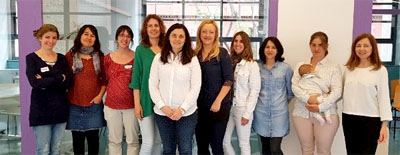 Three of IBEC’s women researchers have been successful in BIST’s recent ‘To the Mothers of Science’ call.
Three of IBEC’s women researchers have been successful in BIST’s recent ‘To the Mothers of Science’ call.

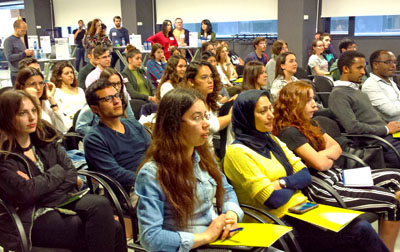
 Nearly fifty undergraduate and master students attended today’s reSearch4Talent at IBEC, the fourth time we’ve opened our doors to young scholars interested in a career in science.
Nearly fifty undergraduate and master students attended today’s reSearch4Talent at IBEC, the fourth time we’ve opened our doors to young scholars interested in a career in science.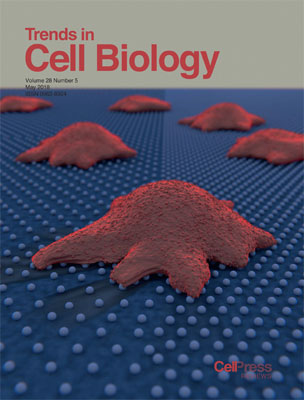
 Alberto Elosegui-Artola, Xavier Trepat and Pere Roca-Cusachs’ paper in Trends in Cell Biology has made the cover of the latest issue of the Cell-family journal.
Alberto Elosegui-Artola, Xavier Trepat and Pere Roca-Cusachs’ paper in Trends in Cell Biology has made the cover of the latest issue of the Cell-family journal.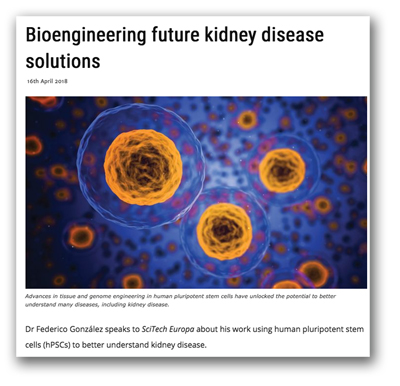
 Federico González Grassi, a senior researcher in the
Federico González Grassi, a senior researcher in the 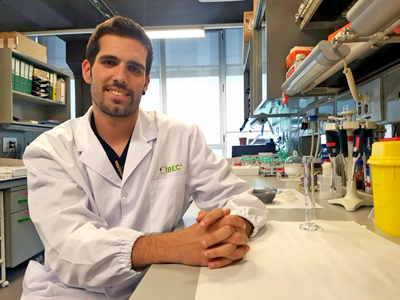
 Biomaterials for Regenerative Therapies PhD student Jesús Ordoño will spend six months at Michigan State University with a Daniel Bravo scholarship.
Biomaterials for Regenerative Therapies PhD student Jesús Ordoño will spend six months at Michigan State University with a Daniel Bravo scholarship.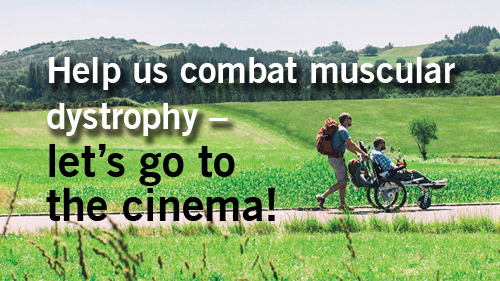
 To round off its first Faster Future fundraising campaign, IBEC is organizing an exclusive European film première of “I’ll Push You”, the inspiring story of Justin Skeesuck and Patrick Gray, the first people to complete the Camino de Santiago in a wheelchair.
To round off its first Faster Future fundraising campaign, IBEC is organizing an exclusive European film première of “I’ll Push You”, the inspiring story of Justin Skeesuck and Patrick Gray, the first people to complete the Camino de Santiago in a wheelchair.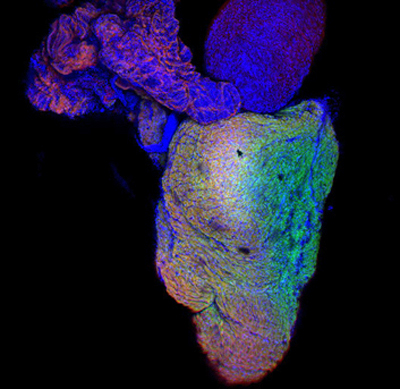
 A study carried out at CMR[B] in collaboration with IBEC and the UB has established that the ability of the heart to regenerate after a wound is related to the stiffness of its cellular environment and not only to the proliferative capacity of the cardiac cells, narrowing the window of regeneration to 48 hours after birth.
A study carried out at CMR[B] in collaboration with IBEC and the UB has established that the ability of the heart to regenerate after a wound is related to the stiffness of its cellular environment and not only to the proliferative capacity of the cardiac cells, narrowing the window of regeneration to 48 hours after birth.